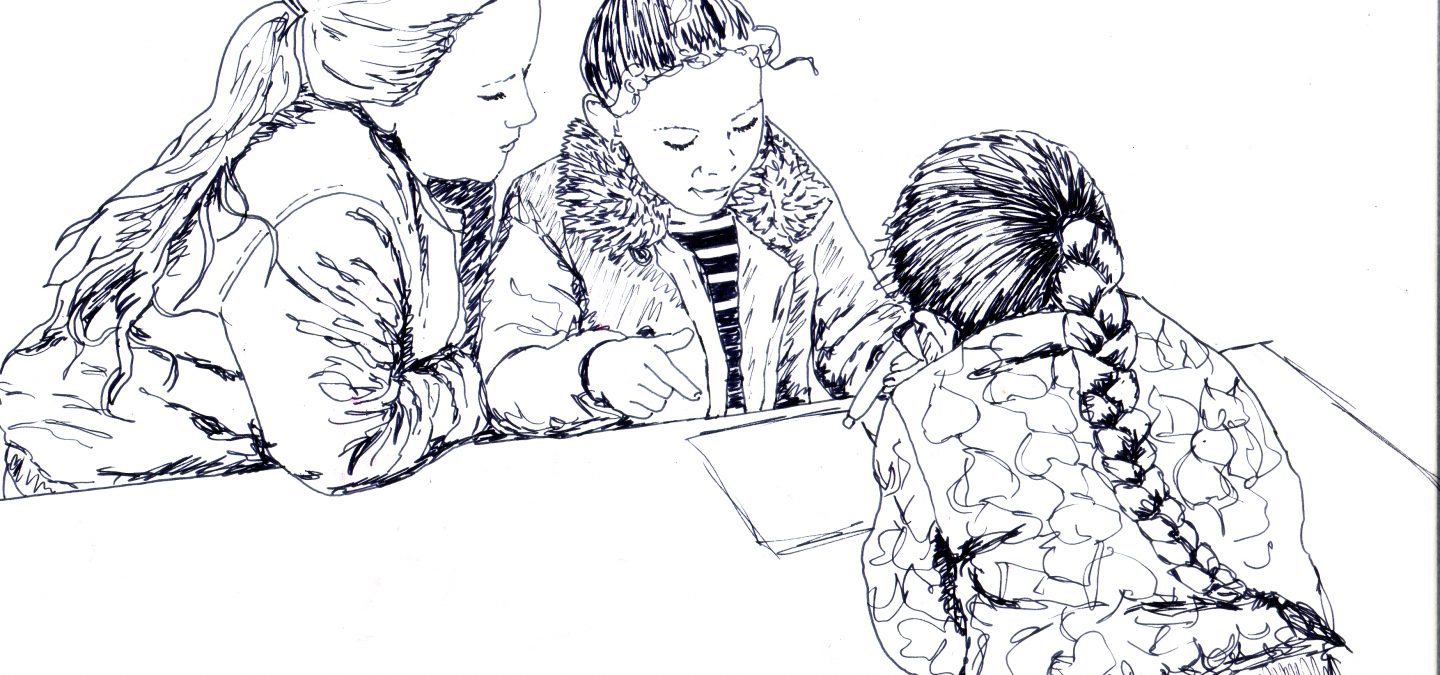
Keep up with our latest news and projects!

Who doesn’t recognise the following? A couple of girls are playing outside. They are chatting happily and laugh about each other’s jokes. A bunch of boys arrives. They are about the same age. Enthusiastically they fool around, trying to tackle each other. The boys ignore the girls completely. The girls are not interested in the boys. Nevertheless, you see the girls move a bit to the side. The boys are acting wild; what if they bump into them? Unconsciously, the boys claim their space. Eventually, the girls move away altogether. There hasn’t been any fight, nothing really happened. Still, the girls stay at a distance from the boys.
The dynamics between girls and boys differ and that’s why girls don’t have equal space. Playing outside is important for every child, but girls lack playgrounds that meet their needs. In this article, we discuss the cause of this problem, how playgrounds can be improved and if girls need their own space. We understand that not all the boys are the same, and of course, girls differ as well from each other. Nevertheless, we consciously make use of stereotypes. Simply, from a practical perspective, we need them to rely on averages and because they match our observations. We see that girls and boys play differently and that girls are missing chances. We feel that playgrounds should anticipate this.
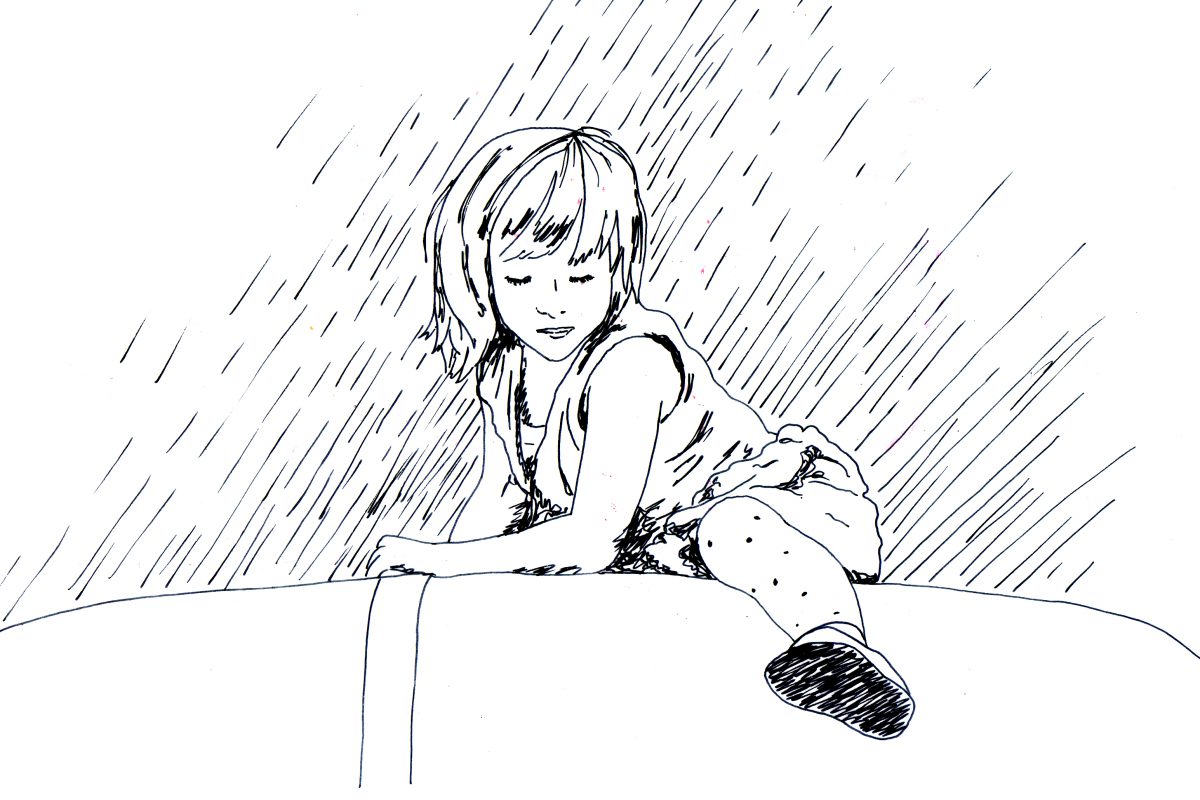
Young children play in a different manner than older kids. The little ones balance bravely on a small ridge and hold the hand of dad or mum. The older children easily jump over it and make a run for the climbing frame. We see them go through physical development, but also through a social one. Toddlers primarily play on their own. Often close to each other, they each make their own stack of cubes. Further, in their development, their play becomes more associative. They’ll play together, but don’t tell each other what to do. Later on, when the children learn to play cooperatively, they’ll organise themselves and give each other roles to play. One child will play the burglar and the other the police officer. All children go through these phases, but girls and boys each have their own pace.
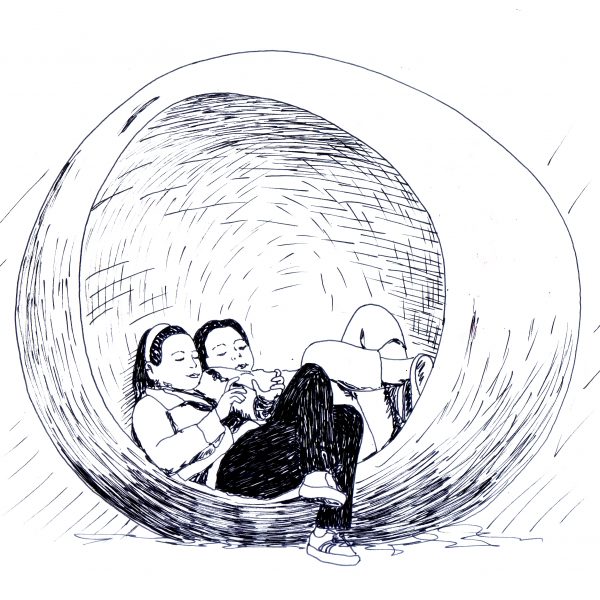
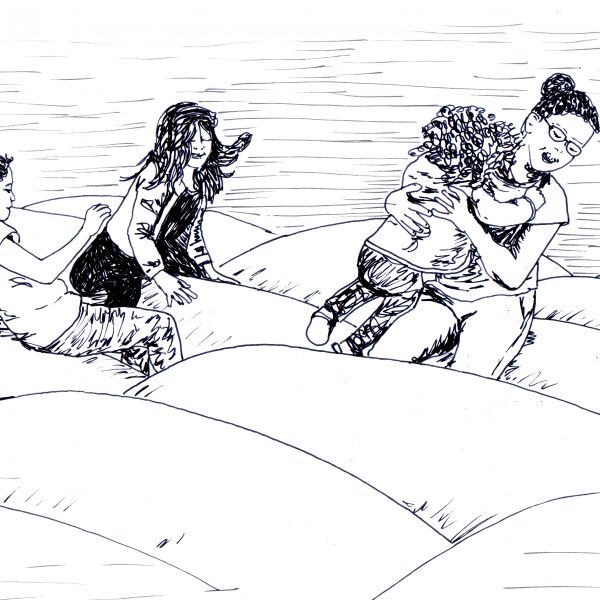
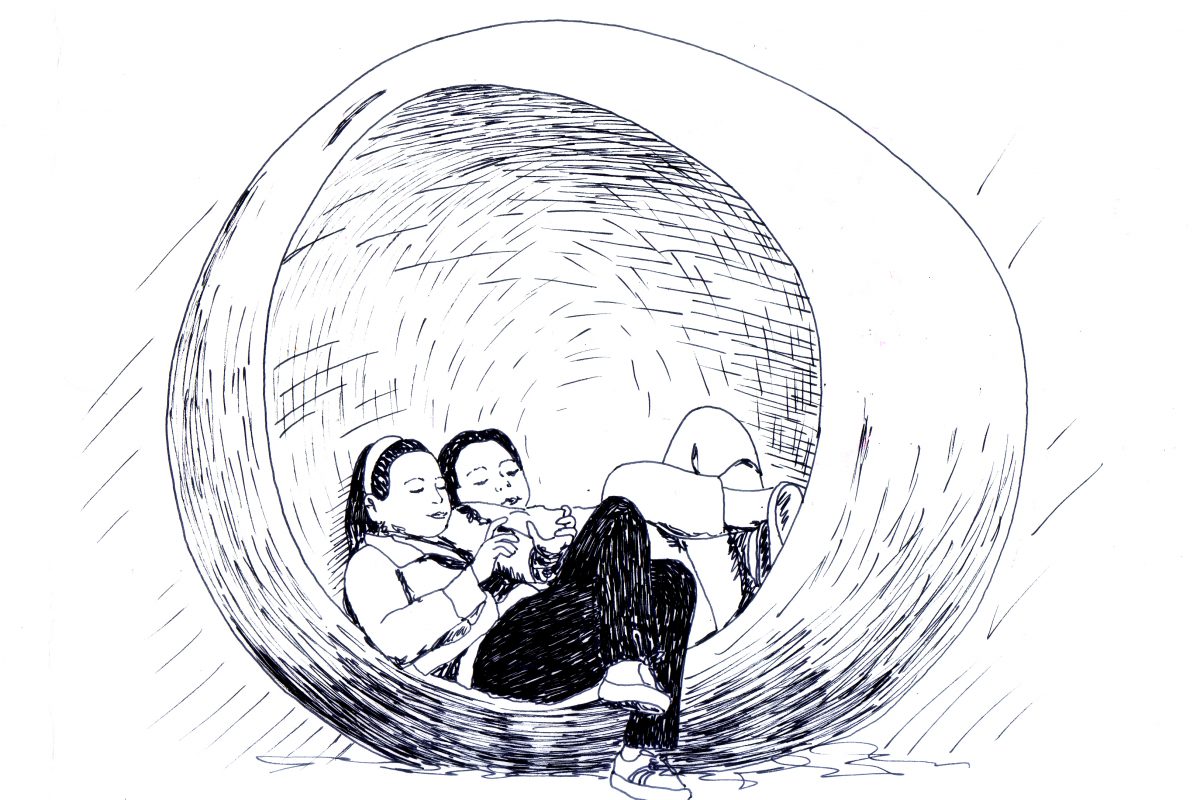
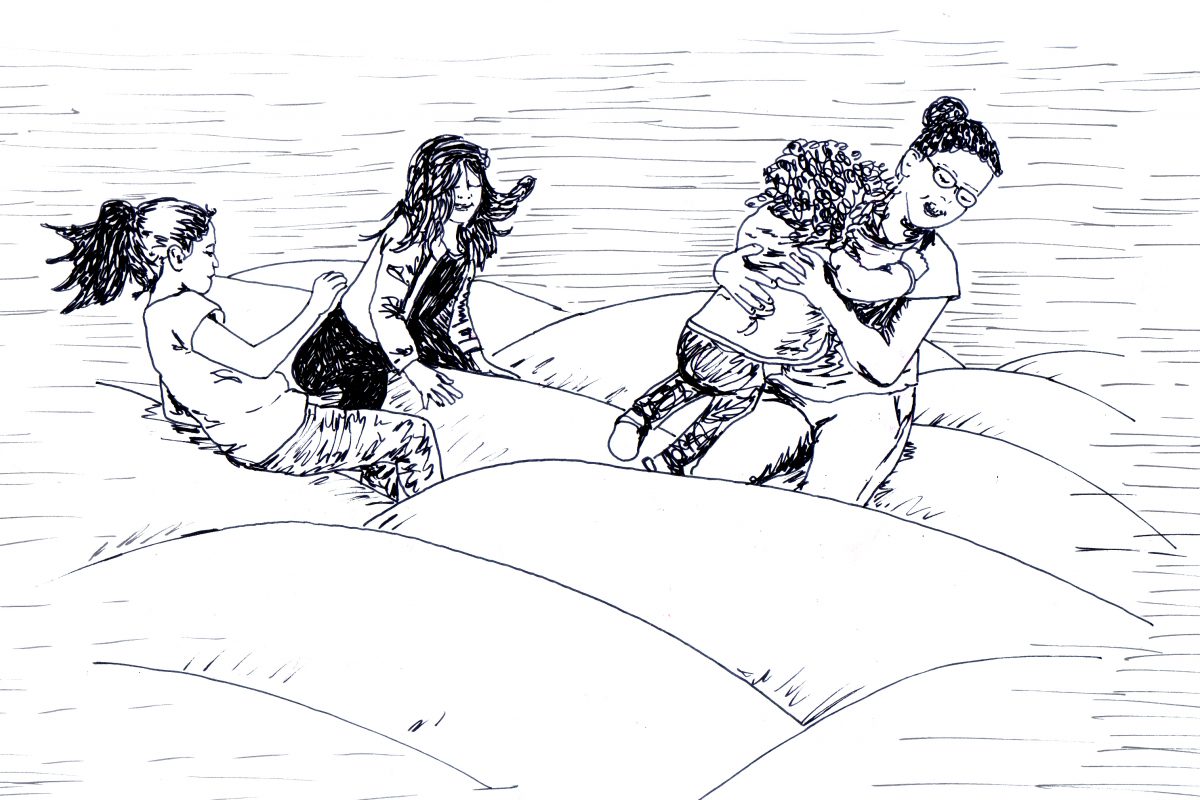
Toddler girls are quicker to play socially and in a more structured manner. Boys stay solitary for longer. Between the age of four and five something interesting happens. The boys overtake the girls in their associative play. At the same time, the girls are ahead in their co-operative play. In the age-group five to six-year-old, the boys again overtake the girls. Now in the co-operative play. But the girls stay ahead with their social interaction. When they grow older, the girls keep staying ahead of the boys in the area of social development.
This difference in development is clearly visible at playgrounds. It also shows why boys and girls don’t find each other while playing outside; they are busy with completely different things.
Throughout the city, you can find soccer fields, basketball courts, and skate parks. Typical ‘places for boys’, where you won’t find any girls. Nowhere do the girls get the same amount of attention. While designing playgrounds, the age differences are often taken into account. But the different needs of boys and girls are completely forgotten. The reason? Boys are more buoyant in their play and can cause a nuisance when they are bored. On average, the quieter girls tend to be overlooked. Besides, most urban designers are men and they design from their own perspective. It’s not surprising that they let themselves be inspired by what they would have liked as a young boy. They have a blind spot for the girls’ wishes. And so the girls stay away.
Playing outside is important for all children. Learning through playing is crucial in their development and having fun is a right for each child. That’s why it’s important that girls can have the same amount of joy outside as boys. They need their own places. Places where they can be together with their friends and where the boys won’t scare them away. A place to chat and also to do physical challenges. Girls are sensitive to the atmosphere of a place. It needs to look bright, with cheerful colours and good lighting.
We must stop overlooking girls.
At the moment, only little study has been done on this subject. The problem has been identified, but hardly any tests have been done with places specially designed for girls. This is a whole untapped area to explore. We propose that the first move should be to make temporary interventions at playgrounds. We call this place-testing. You can spot immediately if the atmosphere works for the girls. If they are not pushed aside by the boys anymore. Has the intervention the intended effect then it can be deployed permanently. Do the girls still stay away? then the research has to be continued with other elements. Just until the right place arises.
Girls follow their own pattern of development. While researching good playgrounds, it is important to keep this in mind. For example girls like places where they can play in pairs. Boys on the other hand like to play in groups.
So both need a different layout. Girls are more sensitive to the atmosphere of a place. An advantage of this is the following; the cosier the place the less interesting it is for boys. Girls like chatting, but just like boys they also like being active. Here lies a challenge and that is to design play equipment that will be loved by the girls and ignored by the boys. And finally, girls love to play imaginary stories. A place that is designed in such a way that, in their imagination, can one day be a castle and the other day a rocket on its way to intergalactic adventures, is perfect for girls.
And of course, it is important to engage the girls from the neighbourhood when you are place-testing. Ask them what their wishes are, involve them in the design process and during the place-testing phase ask them for their opinions and experiences.
This article belongs to a series of stories about the city at eye level for kids! You can access the full book online in PDF or pre-order your hardcopy to be delivered to your home.
Get your book here– L. KALLE, thesis: `Wat heb ik aan een voetbalveld?! Ik ben een meisje! ́ (2011)
– E. VAN SUCHTELEN, De meisjes vervelen zich, Trouw, (18 april 2012)
– A. VAN STEIJN, Vrouwen en kinderen laatst? Pleidooi voor een genderspecifiek beleid bij de inrichting van de openbare ruimte.
– S.BARBU, G. CABANES, G. LE MANER-IDRISSI, Boys and Girls on the Playground: Sex Differences in Social Development Are Not Stable across Early Childhood, PloS One (2011)